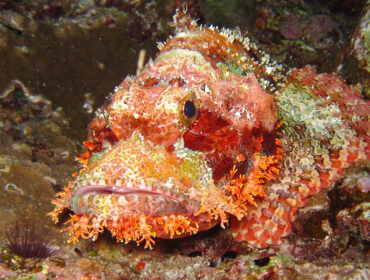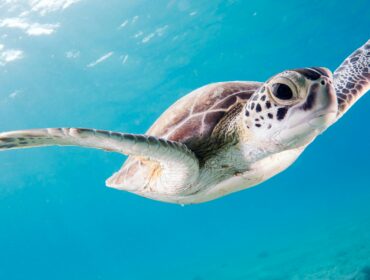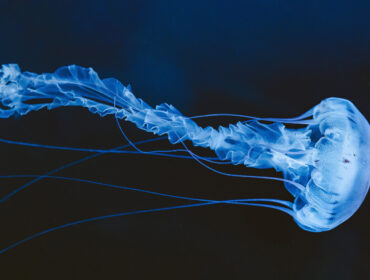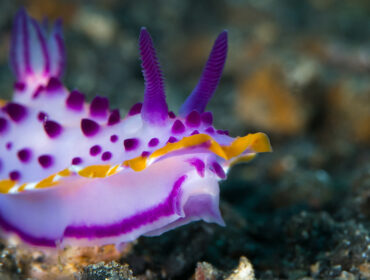The Great Barrier Reef is a treasure trove of life. It is immense at over 1800 miles long, but it is very delicate; temperature, pollution, and climate change very easily upset the ecosystem. The Great Barrier Reef is one of the world’s most astounding natural wonders, however, it is also one of its most vulnerable. These 5 species do not even scratch the surface of all the corals on this massive reef, but they are some of our favorites!
Plate Coral
This small polyp stony coral ranges in size and formation, but all species are characterized by a flat, table-like appearance. When the polyps emerge to feed, it appears as though the plate coral has tentacles, causing some to mistake it for a sea anemone, especially in species whose polyps remain constantly visible. It is an aggressive coral, and is capable of detaching from the substrate and moving along the sea floor at will.
Fire Coral
This one is a bit of a cheat because although fire corals resemble real coral and are even named as such, they are not true corals. In reality, they are more closely related to jellyfish and anemones. This is one “coral” that you’d do well to steer clear of, as it contains a powerful venom that causes extreme pain anywhere from two days to two weeks. Because they take several forms, including branching, encrusting, and plating, they are often mistaken for harmless seaweed or corals, much to the dismay of the unwitting victim!
Cauliflower Coral
Cauliflower coral is classified as “soft”, which means the polyp does not have a limestone shell. Instead, these polyps have toxins that make them deadly to predators, and to any surface that it might affix to. It can move from place to place, and leaves a calcium trail in its wake. The individual polyps are connected to each other by both their skin-like layer and their gut cavities.
Elephant Ear Coral
Although it is internally structured like a stony coral, the elephant ear coral has no skeleton. It has a large oral disk that is typically furled around the edges, and short knobby tentacles that protrude from the disk. It attaches to the substrate by a short stalk, but is capable of detaching and drifting elsewhere. Although they are toxic to other corals, their venom is harmless to humans — unless consumed raw, in which case it can be fatal.
Soft Mushroom Coral
These corals closely resemble their plate coral cousins, but are actually more closely related to the true sea anemones. They lack the limestone skeleton that is characteristic of stony corals, but often inhabit the same spaces. The soft mushroom coral is easily recognized by its wide, striated oral disk with a single polyp at the center.




